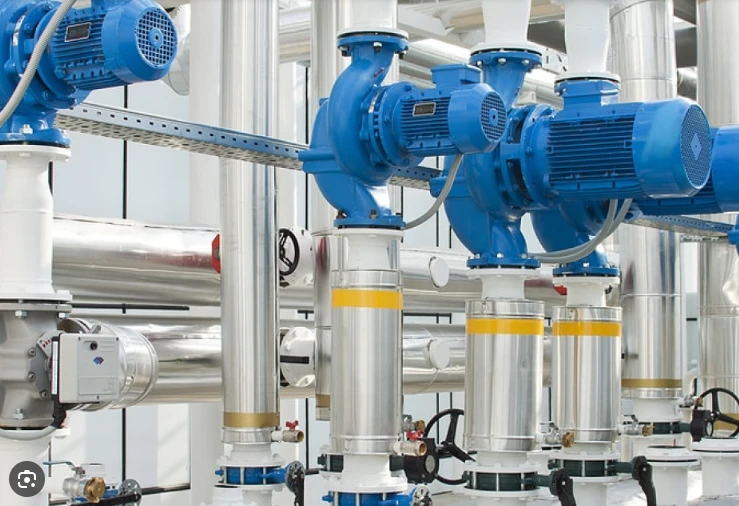Khmer
- Afrikaans
- Albanian
- Amharic
- Arabic
- Armenian
- Azerbaijani
- Basque
- Belarusian
- Bengali
- Bosnian
- Bulgarian
- Catalan
- Cebuano
- Corsican
- Croatian
- Czech
- Danish
- Dutch
- English
- Esperanto
- Estonian
- Finnish
- French
- Frisian
- Galician
- Georgian
- German
- Greek
- Gujarati
- Haitian Creole
- hausa
- hawaiian
- Hebrew
- Hindi
- Miao
- Hungarian
- Icelandic
- igbo
- Indonesian
- irish
- Italian
- Japanese
- Javanese
- Kannada
- kazakh
- Khmer
- Rwandese
- Korean
- Kurdish
- Kyrgyz
- Lao
- Latin
- Latvian
- Lithuanian
- Luxembourgish
- Macedonian
- Malgashi
- Malay
- Malayalam
- Maltese
- Maori
- Marathi
- Mongolian
- Myanmar
- Nepali
- Norwegian
- Norwegian
- Occitan
- Pashto
- Persian
- Polish
- Portuguese
- Punjabi
- Romanian
- Russian
- Samoan
- Scottish Gaelic
- Serbian
- Sesotho
- Shona
- Sindhi
- Sinhala
- Slovak
- Slovenian
- Somali
- Spanish
- Sundanese
- Swahili
- Swedish
- Tagalog
- Tajik
- Tamil
- Tatar
- Telugu
- Thai
- Turkish
- Turkmen
- Ukrainian
- Urdu
- Uighur
- Uzbek
- Vietnamese
- Welsh
- Bantu
- Yiddish
- Yoruba
- Zulu
Telephone: +86 13120555503
Email: frank@cypump.com
វិច្ឆិកា . 09, 2024 18:22 Back to list
Choosing the Right Submersible Pumps for Efficient Sewage Management Solutions
Understanding Sewage Submersible Pumps An Essential Component for Wastewater Management
Sewage submersible pumps play a crucial role in modern wastewater management systems. As urban populations grow and the demand for effective waste disposal increases, these pumps have become essential in ensuring that sewage and wastewater are efficiently removed from residential, commercial, and industrial sites. This article delves into the functionality, advantages, and applications of sewage submersible pumps.
Functionality of Sewage Submersible Pumps
Sewage submersible pumps are designed to operate while submerged in liquid. Unlike traditional sump pumps, these pumps can be fully immersed in the sewage they are tasked with pumping. They feature a hermetically sealed motor that prevents any liquid from entering, which protects the motor from damage and extends its operational life.
The design of these pumps includes an impeller that facilitates the movement of sewage and wastewater through connected pipes. Their unique engineering allows them to handle solids and sludge, making them ideal for lifting waste material from lower levels to higher treatment areas or disposal systems. This is particularly important in places where gravity alone cannot efficiently move waste.
Advantages of Sewage Submersible Pumps
One of the primary advantages of sewage submersible pumps is their ability to handle both liquid and solid waste. They can effectively pump wastewater containing debris such as hair, clothing, small plastic items, and other solid materials commonly found in sewage systems. This capability reduces the risk of clogging that might occur with lesser quality pumps.
sewage submersible pumps

Additionally, submersible pumps are energy-efficient, as they do not require as much power to move waste. Their design allows for a reduction in the height of the system, which can lead to decreased energy costs and more efficient operation over time. Furthermore, these pumps operate quietly, which is a significant advantage in residential areas where noise pollution is a concern.
Applications of Sewage Submersible Pumps
The applications of sewage submersible pumps are diverse and wide-ranging. They are commonly found in residential settings for dealing with sewage from bathrooms, kitchens, and laundry facilities. In commercial buildings, these pumps manage the removal of wastewater from restrooms, food preparation areas, and other facilities.
In industrial applications, sewage submersible pumps are essential for wastewater treatment facilities. They help transport effluent to treatment plants and manage sludge and other by-products generated in the process. Municipal systems also depend on these pumps to manage sewage in wastewater collection systems, particularly in flood-prone areas.
Moreover, sewage submersible pumps are increasingly used in construction sites for dewatering and in various environmental applications, such as removing wastewater from oil spills or contaminated sites.
Conclusion
In summary, sewage submersible pumps are vital components of efficient wastewater management systems. Their ability to handle solid waste, energy-efficient design, and versatility in applications make them indispensable in both residential and industrial settings. As urban environments continue to grow, the demand for effective sewage management solutions will likely increase, further solidifying the role of submersible pumps in meeting these challenges. Investing in quality sewage submersible pumps ensures not only optimal performance but also contributes to healthier urban living and improved environmental conditions.
-
Custom Drilling Mud and Slurry Pump Supplier - High Efficiency, Tailored Solutions
NewsJun.10,2025
-
Supply Vertical Submersible Sewage Pump High-Efficiency WQ/QW Pumps Supplier
NewsJun.10,2025
-
Premium Sewage Ejection System & Pumps Efficient Waste Removal
NewsJun.09,2025
-
Premium Wholesale Slurry Pump Impellers Durable & Efficient Slurry Handling
NewsJun.09,2025
-
Top Sewage Pump Companies Durable Industrial Solutions for Efficiency
NewsJun.09,2025
-
Heavy Duty Slurry Pumps - OEM High Performance & Bulk Wholesale
NewsJun.09,2025










